Tag Archive for: Roadmapping
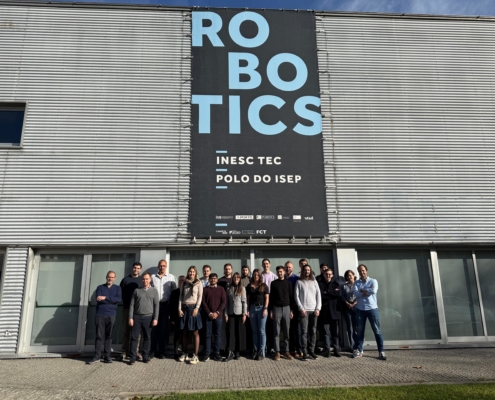
AIRSHIP Consortium Meeting (Porto, November 2025)
From the 25th until the 27th of November 2025, the AIRSHIP partners…
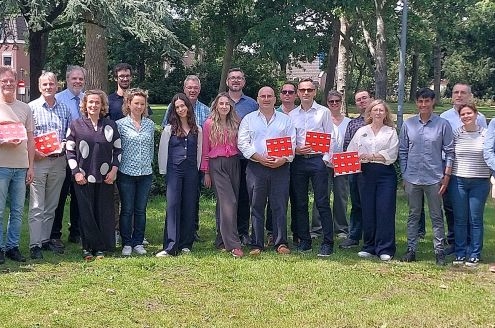
START Annual Consortium Meeting (June 2025, Alkmaar, The Netherlands)
LPRC joined the START Annual Project Meeting, held in Alkmaar,…
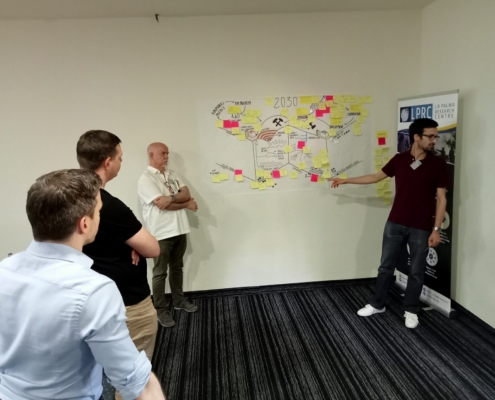 La Palma Research Centre
La Palma Research CentreLPRC organised and hosted the 1st ROBOMINERS Roadmapping Workshop in La Palma
The LPRC team organised the 1st ROBOMINERS project Roadmapping…
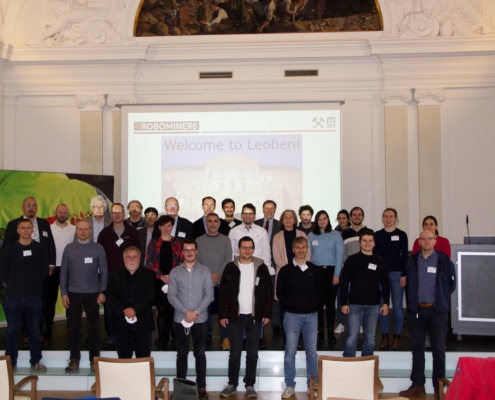 ROBOMINERS
ROBOMINERSROBOMINERS Consortium Meeting with LPRC in Austria
The ROBOMINERS Consortium, in which LPRC participates, hosted…
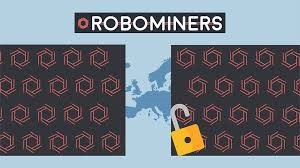
ROBOMINERS e-Consortium meeting, 7th September 2020
The ROBOMINERS consortium, where LPRC participates and leads…
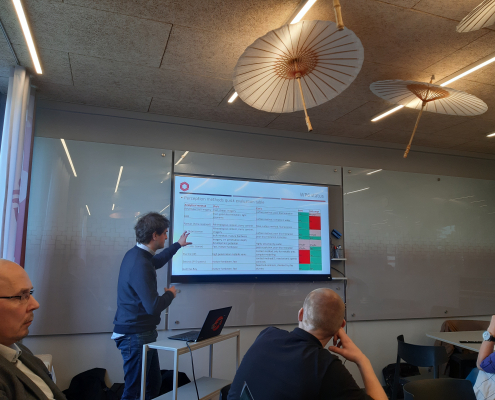
ROBOMINERS Consortium Meeting, Tallinn
It was in Tallinn, Estonia, that the ROBOMINERS project partners…
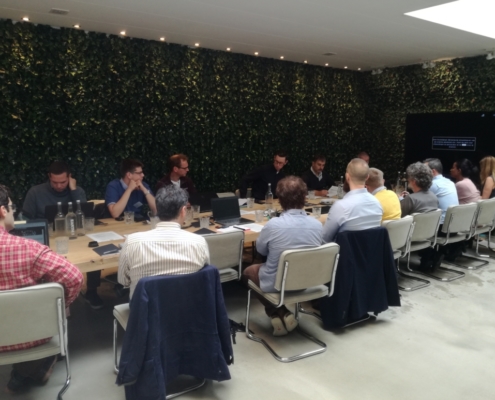
ROBOMINERS/UNEXMIN Joint Workshop, Amsterdam
Luís Lopes, responsible for Communication and dissemination…
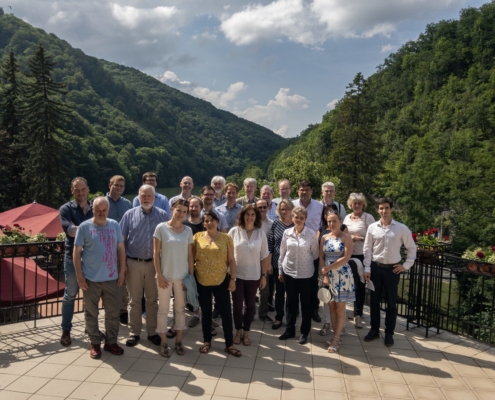 Tamas Miklovicz
Tamas MikloviczCHPM2030 project closure
CHPM2030 Final meeting
The CHPM2030 project partners met in…
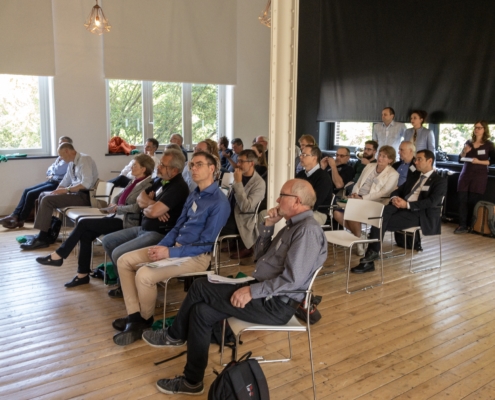
CHPM2030 final conference, Delft
The CHPM2030 final conference took place last week, in Delft,…
